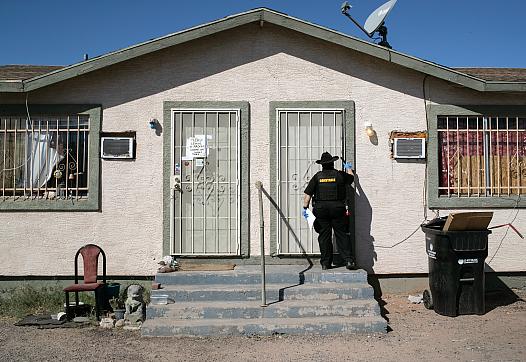
The Eviction Lab's Peter Hepburn joined attorney Tina Rosales and Bloomberg CityLab's Kriston Capps to discuss the eviction crisis.

The Eviction Lab's Peter Hepburn joined attorney Tina Rosales and Bloomberg CityLab's Kriston Capps to discuss the eviction crisis.
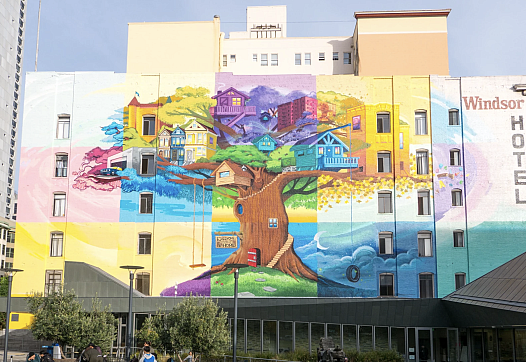
When Dr. Josh Bamberger was starting his medical career in the Tenderloin, he wished he could offer something more to his sickest homeless patients. Now he can.
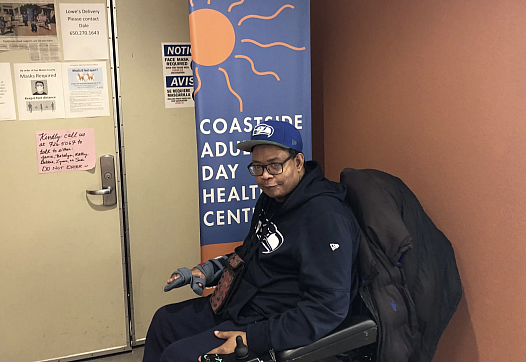
A pilot program with San Mateo County’s public health plan aims to stop the revolving door between the emergency room, nursing home and street.
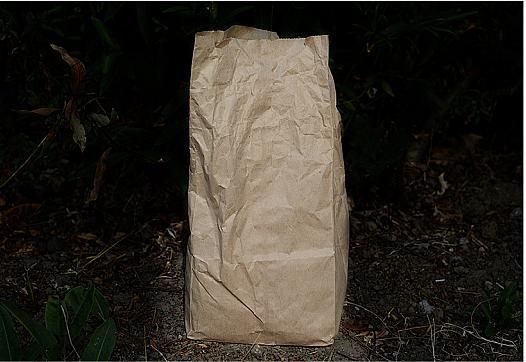
Harm reduction uses a variety of strategies to address the negative consequences of active drug use; those strategies may range from syringe exchange to housing help, from counseling services to drug treatment.
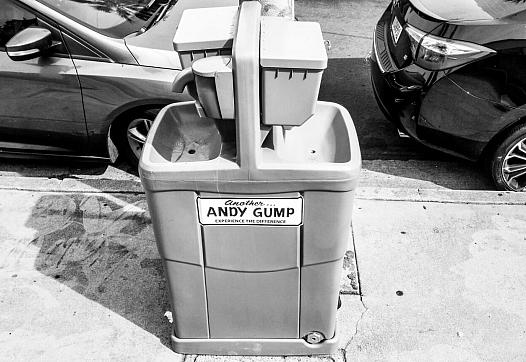
The city extended the program two months after a L.A. TACO investigation found that vendors failed to service units consistently, despite collecting millions of dollars in payments.
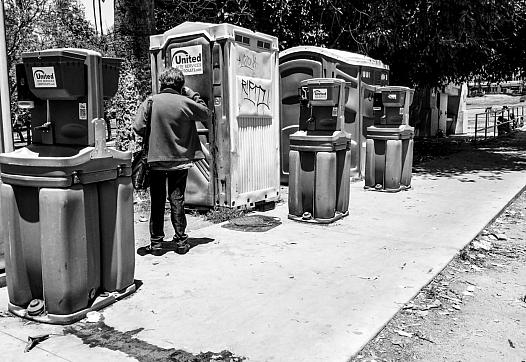
A city program that brought hundreds of hand-washing stations and portable toilets to the doorstep of dozens of encampments during the height of the pandemic comes to an abrupt end.
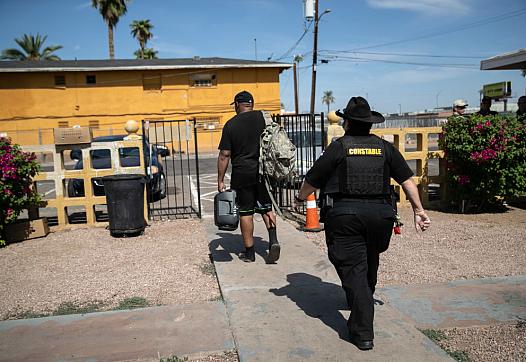
Billions have been set aside to aid struggling renters. But will the money get to those who need it in time to avert the looming eviction crisis?
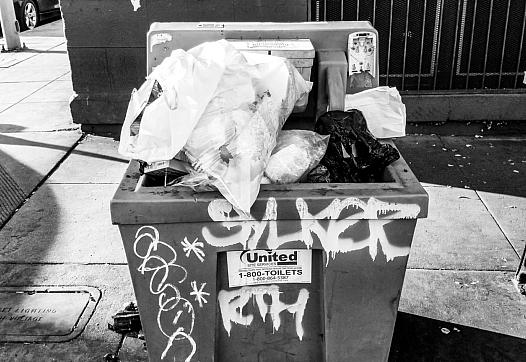
While vendors watched their market share increase and collected money from the city and federal government, an L.A. TACO analysis found that hundreds of hand-washing stations and porta-potties went days, weeks and in some cases more than a month without being serviced.
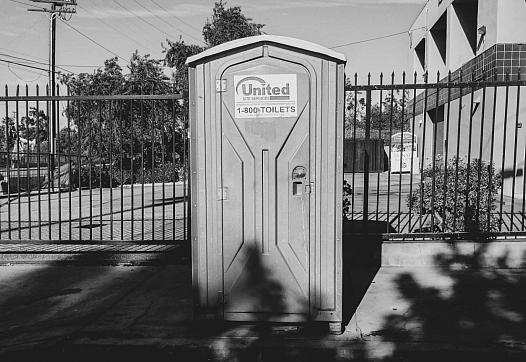
This is the second investigative article by Lexis-Olivier Ray that was produced as a project for the USC Annenberg Center for Health Journalism’s 2020 Data Fellowship.
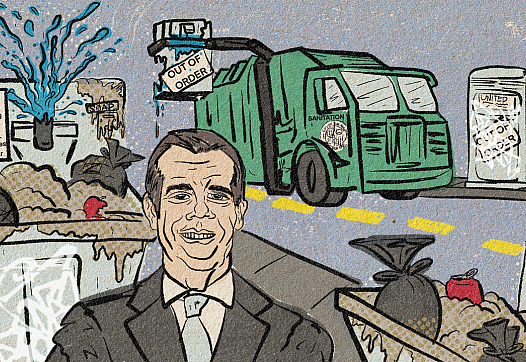
This is the first investigative article that was produced by Lexis-Olivier Ray as a project for the USC Annenberg Center for Health Journalism’s 2020 Data Fellowship.